In a different part of the world, public transport may work a bit differently from what we’re used to back home. Here are some little useful things to take note of should you ever find yourself commuting by metro in European cities.
1. Metro stations can be very close together
You might think that the city is huge when you’re overwhelmed by transit maps like this:

Image credit: www.ratp.fr
However, most stations in city centres can be really close to each other. After living for so long in our home cities in Asia, our minds are conditioned to think that metro stations should be quite far apart, which may not be the case in European cities. In Paris, the distance between most metro stations is less than 500 metres!
So, before you get from one place to another on the metro, gauge the actual distance between the two stations. If they are really close to each other, you can just go by foot instead of wasting time and money queueing for single trip tickets, going down the maze of tunnels to the platform and jostling with the crowd.
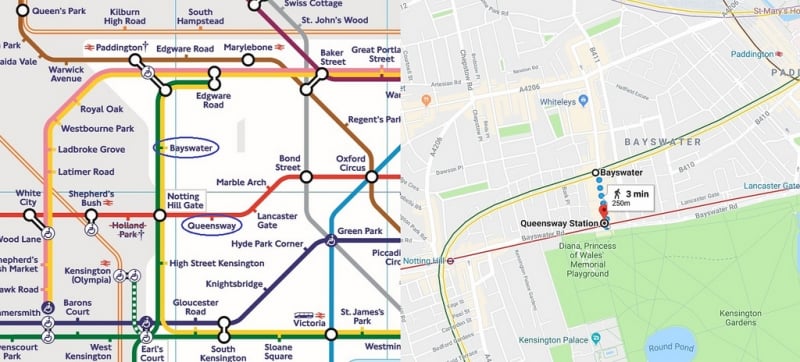
Getting to Bayswater? If you’re going by Central line (in red), you could simply alight at Queensway and walk three minutes to the destination. No need to make a transfer at Notting Hill Gate as what the transit map seems to suggest. | Image credit: Transport for London, Google Maps
Stations on different metro lines can also be very close to each other, despite what transit maps seem to show you otherwise. Sometimes, you can actually save quite a bit of time going to your destination station by exiting from another nearby station.
2. There can be different types of metro systems in one city alone
In most Asian cities (e.g. Singapore, Hong Kong, Taipei), it is clear that there’s only one main metro system that commuters will utilise. In European cities, it can be a bit confusing when you see other lines that don’t really fit the characteristic of metro systems we are all familiar with.
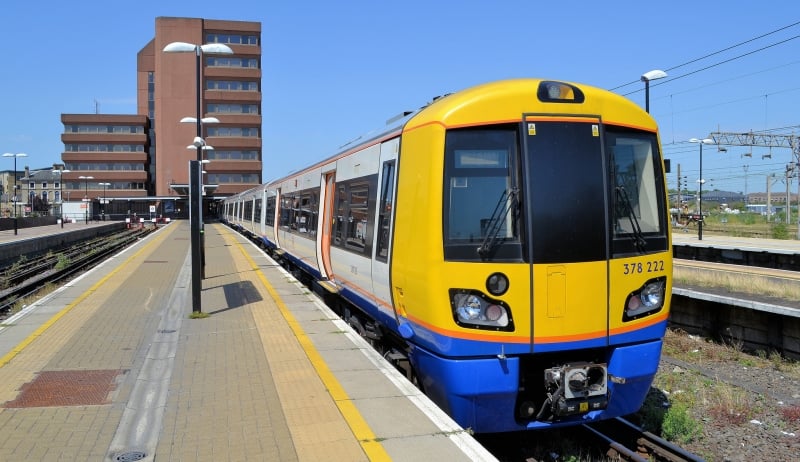
London Overground, a suburban railway serving the London suburbs. | Image credit: Roger Marks
Aside from the main metro lines, some cities also have another metro system that serves areas beyond the city boundary. Usually, they complement the main metro system that serves the city centre. Whatever it is, don’t get confused. Understand that there are different systems that cater to different groups of passengers – those who commute from outer suburbs, and those who travel within the city itself.
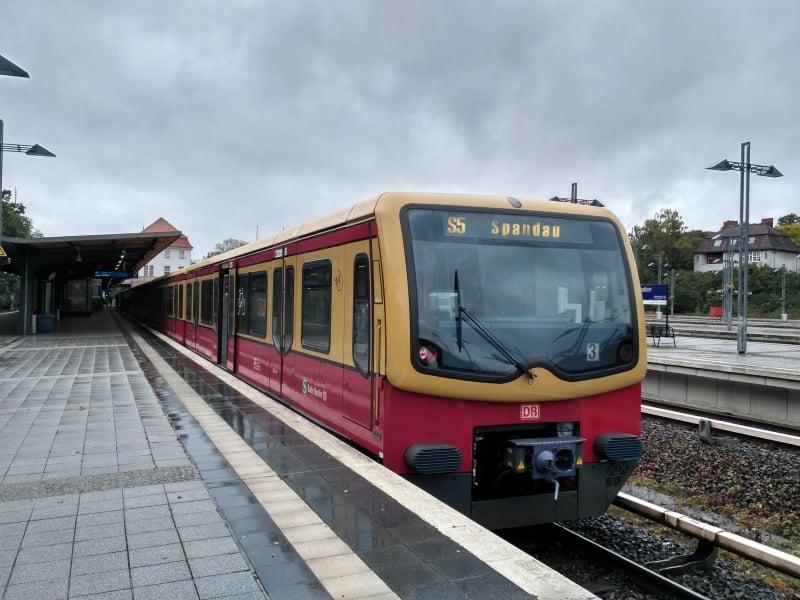
Berlin S-Bahn, the metro system connecting the suburbs to the city centre. It complements the U-Bahn system that operates within the city boundary.
If you study these systems enough, you may soon realise that you could sometimes use them to your advantage, such as bypassing the city centre or conveniently going on a day trip from the city centre right into the suburbs.
3. Fare gates… where are they?
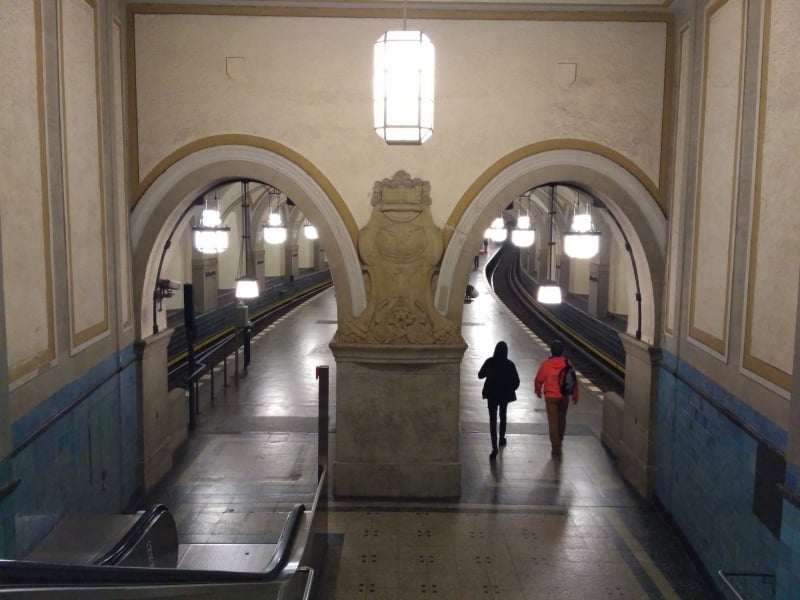
No fare gates in sight. An opportunity to walk in and ride for free! Or is it?
We’re all so used to passing through fare gates to pay for our journeys before heading down to the platform level. However, things can get a little confusing when we try to search for fare gates to pass through in some European metro stations. That’s because they don’t exist!
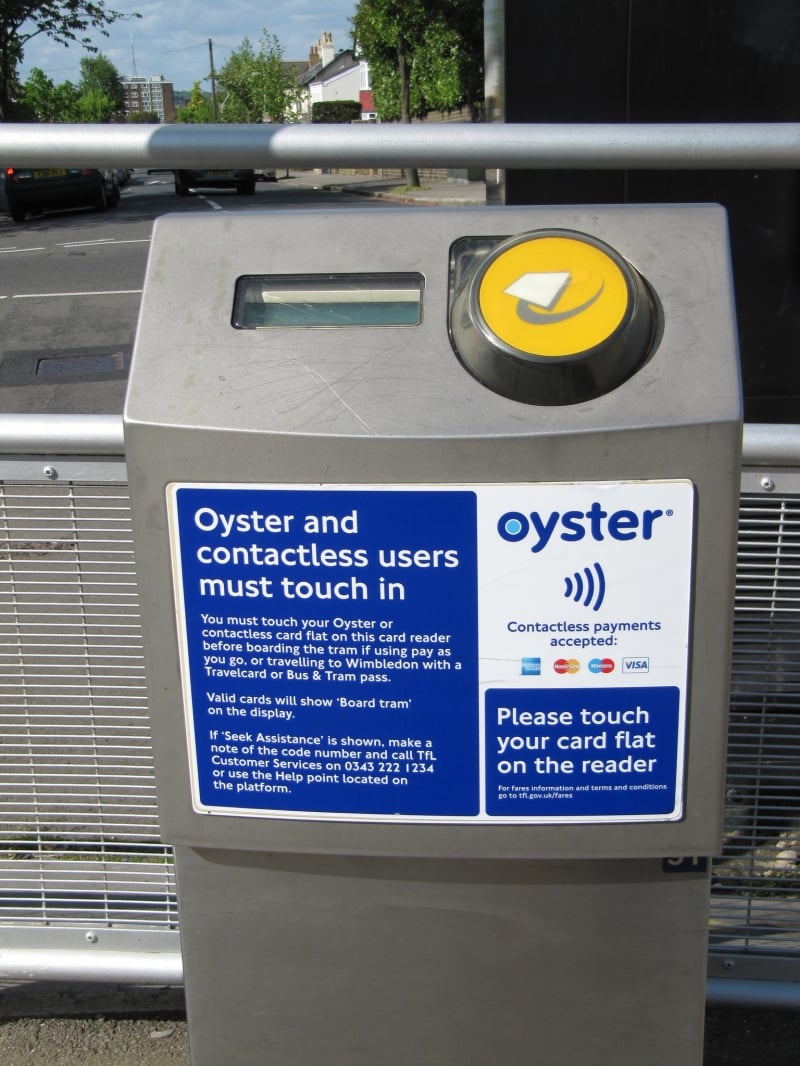
The stand-alone card reader on the London transport system. Be sure to touch in and touch out! | Image credit: Kevin Boyd
Some metro systems in Europe operate on an honour system when it comes to ticketing, thus they have no fare gates. In London, some stations only have stand-alone card readers for you to touch in and out with your travel smart card to pay for your trip. Cities like Munich and Berlin have ticket validating machines at the mezzanine or platform level, which will be explained in the next section.
So don’t assume you can take the metro for free when there are no fare gates and no one watching you. You may get lucky a few times, but getting caught for not paying the fares isn’t worth it at all. After all, there’s no such thing as a free lunch in the world.
4. Validate your tickets!
In some European metros, the ticketing system operates without the use of the smart cards we are all used to. Traditional paper tickets are still very much in use. When you purchase such a ticket from the ticketing machines, it is not valid yet!
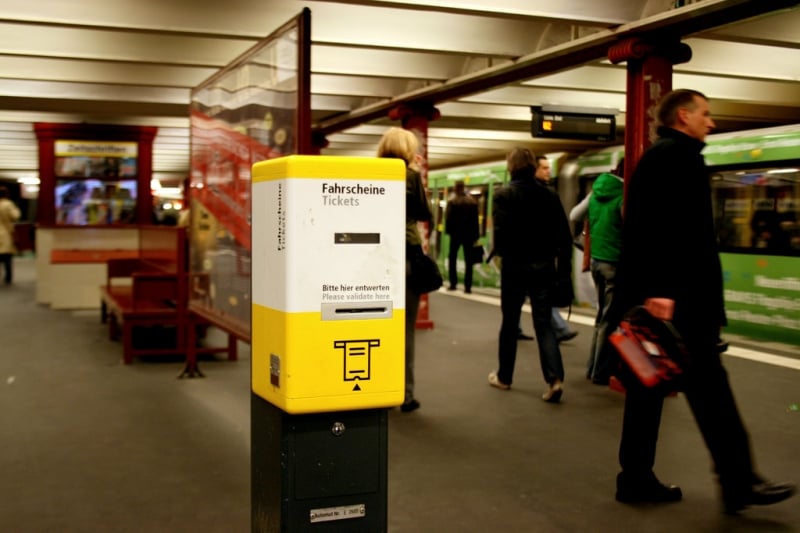
Ticket validating machine looks like this. | Image credit: Kai Schreiber
Before getting on the train, look for these ancient-looking machines to validate your ticket. It’s basically a time stamp to indicate the start of your ticket validity, depending on the type of ticket you bought (e.g. 90-minute, 24-hour, 5-day). Not validating your ticket may result in paying a hefty fine for fare dodging if you’re caught by ticket inspectors. Don’t risk it.
One key advantage of this system is that once you validate your ticket, you don’t need to take out the ticket every time you enter or exit the station. It’s pretty convenient, and you won’t ever face the embarrassment of blocking the fare gates due to a malfunction of your travel smart card. Just remember to keep it with you at all times whenever you take the metro during the valid period, in case you meet ticket inspectors and need to show it to them.
5. Be prepared for some unpleasantness and watch out for yourself
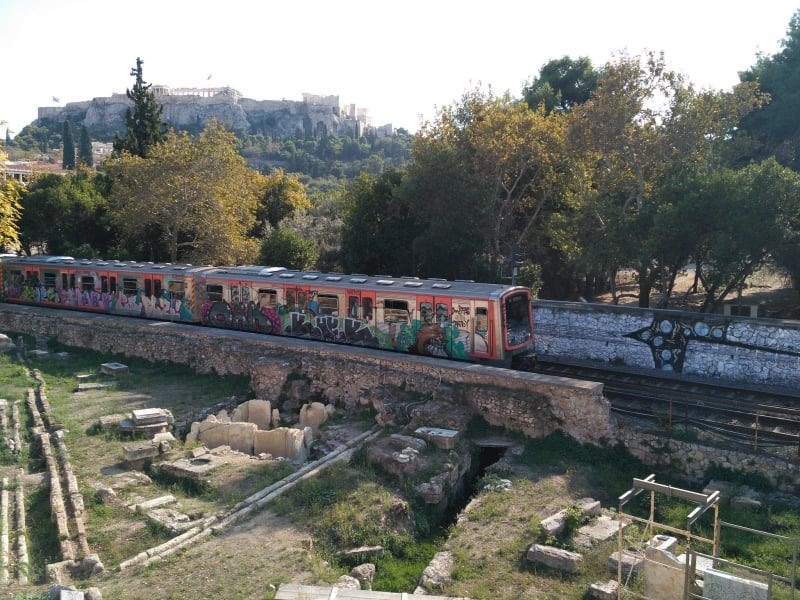
Heavily-graffitied metro train in Athens. This kind of mobile street art is rarely seen in Asian cities!
Don’t expect the metro systems to be as sparkling clean as the ones that we’re so familiar with in Asia. Remember, most metro systems in Europe were built during the pre-war period, so it can be quite a challenge to maintain these stations that have been collecting dust and grime over the decades.
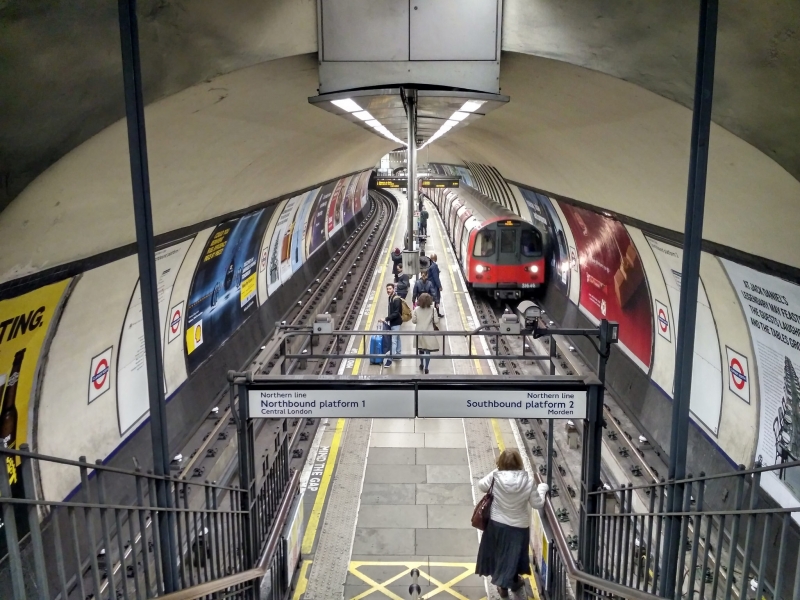
Station platform can be this narrow! Imagine the madness during rush hour!
You may experience stations that are too small and overcrowded because they’re not built to today’s capacity. Be careful especially when standing on narrow, crowded platforms as there’s usually no platform screen door to protect you from falling onto the tracks. Temporary station closures due to overcrowding situations are not unheard of. At certain hours, some stations only allow passengers to exit. In such situations, consider alternative routes. Or just simply walk to the next station down the road if it is quite near anyway.
On top of that, some stations are totally unstaffed, so you’re in no luck should you wish to approach someone for help especially during super off-peak hours. Metro stations can be quite deserted with only you yourself waiting for the next train during off-peak frequency. Unlike Asian metro stations which are usually staffed and brightly-lit, older and dimly-lit metro stations in Europe might attract dodgy characters who lurk around and ask for favours. Be vigilant. Should they ever approach you, stay firm and decline, or simply ignore them and walk away. Trust your instinct.
6. Strike! Yikes!
In Asia, We rarely hear about industrial actions in transportation industries. However, this tends to be more common in Europe where employees are more vocal with regards to workers’ rights.
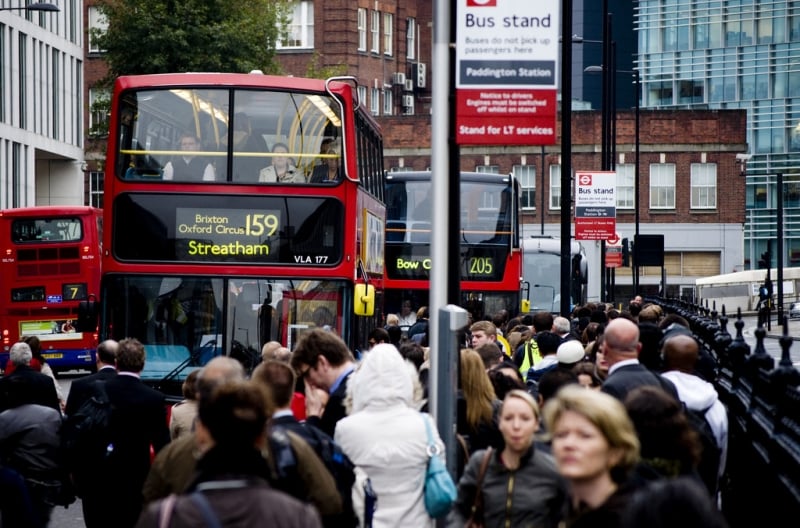
Image credit: CGP Grey
So when a strike strikes, it can create havoc not just for you, but also many other locals who heavily depend on public transport. Transport options can be very limited in this scenario. Be prepared for massive delays and extremely overcrowded trains and buses packed with disgruntled commuters. Roads will be choked with traffic in gridlock. In such a scenario, walking might be the only viable option!
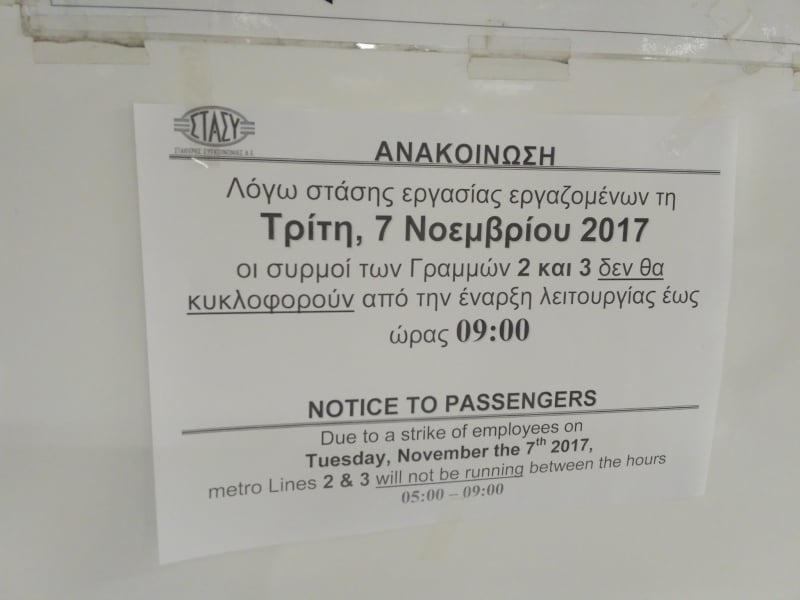
Notices like this might not be so obvious. I only knew about the planned strike one day before, and it would happen on the morning when I had to catch my flight back home from Athens!
Look out for notices at metro stations to check if there will be any planned disruptions due to industrial actions. If a strike is going to happen, try to plan your day without relying on public transport. However, if you must get somewhere (e.g. the airport), plan your alternative mode of transport in advance, even if that means splurging on an expensive cab ride. Give yourself ample time to travel since loads of affected commuters will spill over to road transport, resulting in snarling traffic jams.
Collectively speaking, metro systems in Europe can be a whole new underground world, especially if you’re in the continent for the first time. Getting around can be a different ball game for those who are so used to the clean, safe and efficient metro systems in Asian cities. But don’t worry, once you get the hang of it, travelling around can be quite a breeze. Just remember to watch out for your personal safety!




